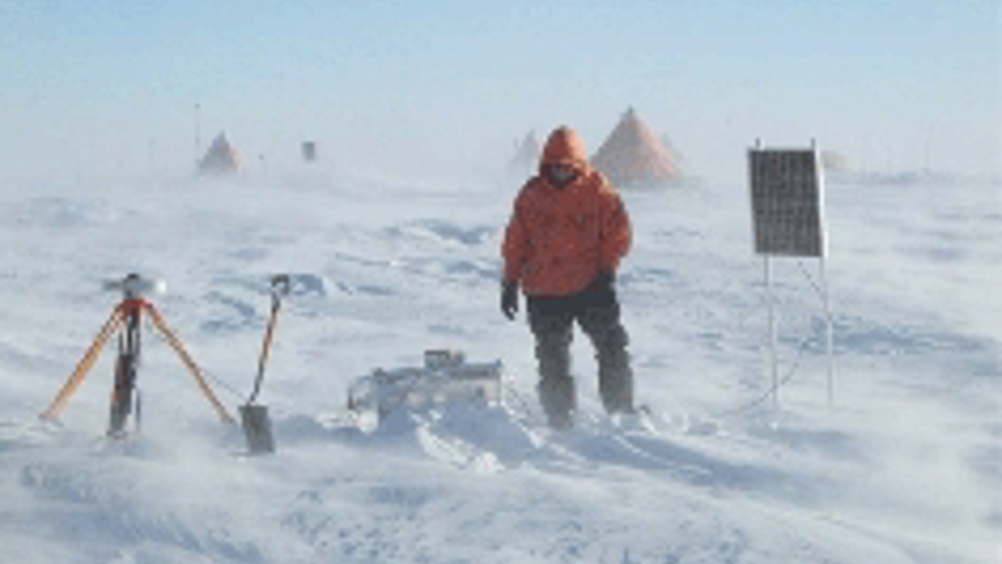Lake-exploration drill site located
Scientists have located the optimum drill site for the first exploration of an Antarctic sub-glacial lake, a development likely to provide insights into climate change and the discovery of life forms.

In a paper published in Geophysical Research Letters this week, scientists from Northumbria University, Edinburgh University and the British Antarctic Survey have revealed the optimal drill site for exploring Lake Ellsworth, a sub-glacial lake comparable in size to Lake Windermere that is covered by 3km of ice.
Microbiologists believe that such lakes could harbour uniquely adapted life forms cut off from other lines of evolution. Paleoclimatologists also suggest that sediments on the lake floors could contain records of ice sheets and climate history that would improve research into global warming.
Speaking to The Engineer in July 2009, Martin Siegert, head of the School of Geosciences at Edinburgh University, said: ’We know from seismic studies that there are sediments at the bed of the lake and sedimentology tells us that these sediments will have a record of climate change. If the ice shelf collapsed in the past, they would contain evidence of it and would be able to tell us when it happened.’ Click here to read the full article.
Register now to continue reading
Thanks for visiting The Engineer. You’ve now reached your monthly limit of news stories. Register for free to unlock unlimited access to all of our news coverage, as well as premium content including opinion, in-depth features and special reports.
Benefits of registering
-
In-depth insights and coverage of key emerging trends
-
Unrestricted access to special reports throughout the year
-
Daily technology news delivered straight to your inbox










UK Enters ‘Golden Age of Nuclear’
The delay (nearly 8 years) in getting approval for the Rolls-Royce SMR is most worrying. Signifies a torpid and expensive system that is quite onerous...